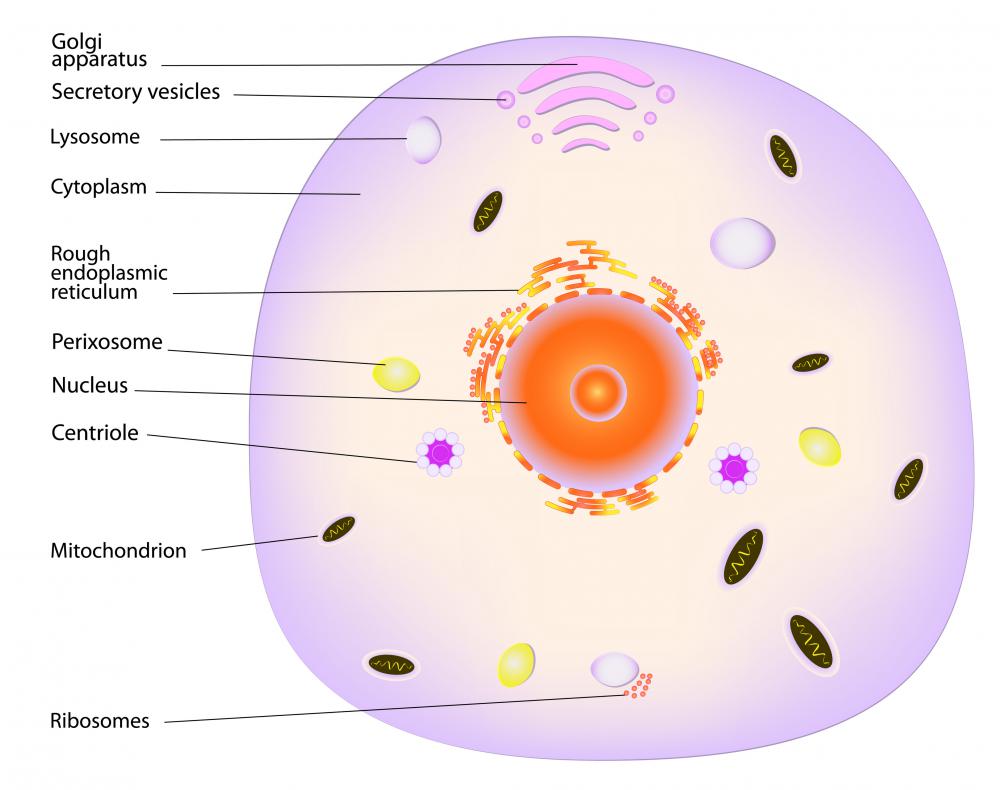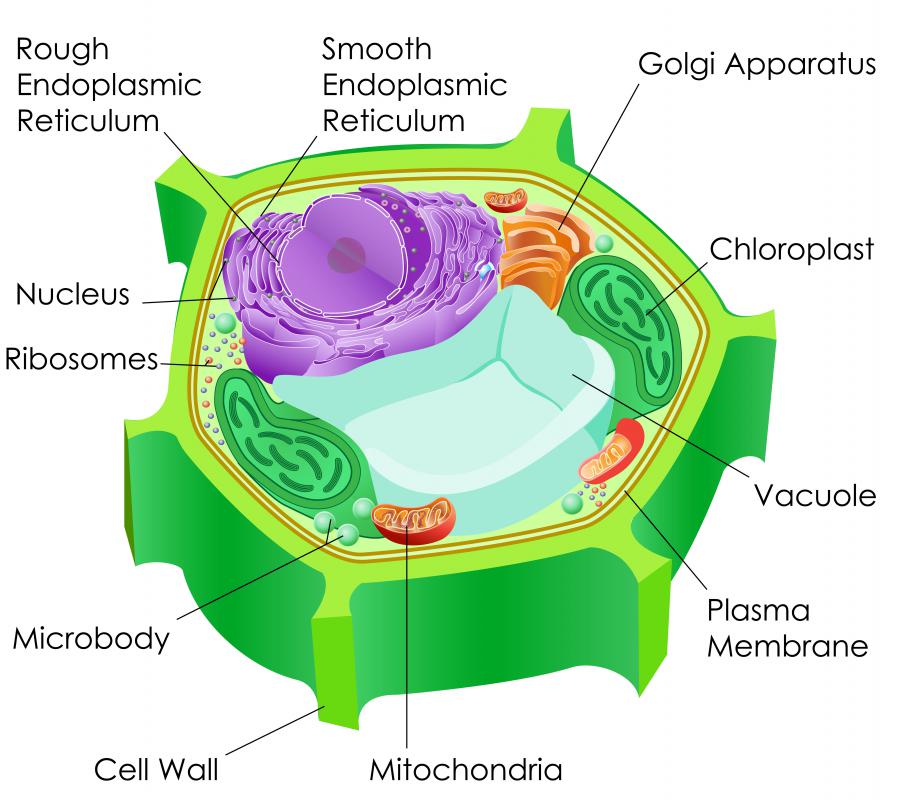At WiseGEEK, we're committed to delivering accurate, trustworthy information. Our expert-authored content is rigorously fact-checked and sourced from credible authorities. Discover how we uphold the highest standards in providing you with reliable knowledge.
What Is the Function of a Ribosome?
The function of a ribosome is the manufacture of proteins in biological cells using RNA and amino acids. Ribosomes can be found throughout the cellular structure and the area surrounding it. The ribosome is composed of two subunits that when combined form amino acid chains. Although the cellular role of a ribosome is the same in all forms of life, the structure varies depending on the cellular structure involved.
In the cell-building process, deoxyribonucleic acid (DNA) sequences contained in the genes, and that can be thought of as the "blueprints," are duplicated in messenger RNA (mRNA, or messenger ribonucleic acid), which controls the synthesis of proteins. Creation of proteins employs two other RNA types: transfer RNA (tRNA), which supplies the necessary amino acids, and ribosomal RNA that drives the actual protein manufacturing process.

In microbiology, the function of a ribosome is to "read" the information contained in the mRNA while creating proteins. This blueprint-reading process is known as translation. The ribosome accomplishes its task by binding to an mRNA molecule using the mRNA's genetic sequences to form amino acid chains. The mRNA can be thought of as the "blueprints" for cell construction, while the tRNA can be considered the "laborers" who actually perform the construction work.

The ribosome is composed of proteins and RNAs, and is made up of two subunits. The larger of the two binds to the tRNA and amino acids, while the smaller subunit is bound to the mRNA sequence. The function of a ribosome is to build an amino acid chain which will create a specific form of protein. It does so by "reading" the genetic instructions contained in the mRNA. The two ribosome subunits combine and lock onto the mRNA to begin the protein-building process.

Ribosomes are found in various places within the cell. The function of a ribosome found floating in the cytoplasm — the fluid that fills a cell — is the production of proteins within the cell. Ribosomes that are found on the endoplasmic reticulum — the cell's "packaging system" — produce proteins for use both within the cell and for export to external cellular structures. When the endoplasmic reticulum is covered with ribosomes, it is said to be "rough" due to its appearance in a microscope. The subunits vary in their relative size to each other depending on whether the ribosome is producing eukaryotic cells with an organized nucleus and nuclear envelope, or prokaryotic cells that lack those features.
AS FEATURED ON:
AS FEATURED ON:













Discuss this Article
Post your comments